Previously I shared a brief introduction to Pranayama to give you a sense of what Pranayama is and what it does.
Today, this introduction continues: in this blog post you’ll find an overview of the pranayama techniques you might learn during my classes, courses and retreats.
And as a Positive Mental Health Coach, I know the powerful benefits my clients’ experience when it comes to stress, anxiety, overwhelm and sleepless nights when they know how to use their breath properly.
Over the next weeks and months, this post will become an index of pranayama practices, with each technique listed below linking to another blog post that goes into close detail about that practice.
So bookmark this page, and keep checking back to learn more and more!
Basic Breathing Methods
When you first start building your own pranayama practice, you’ll start with basic breathing methods. With practice, you'll experience powerful benefits from these simple techniques.
It can be challenging to be fully aware of the breath when such awareness isn’t familiar to you; and basic breathing methods help to cultivate that awareness.
Techniques include:
Natural Breathing Process
Flaring the Nostrils
Learning these techniques will give you a solid foundation in your pranayama practice.
You’ll understand how your breath works. You’ll learn how to become aware of the breath. And you might start to experience the expansive mind-space that comes with pranayama.
Expanding Breath Capacity
When you’re comfortable with the basic breathing methods, you’ll be ready to begin work with practices that expand your breath capacity.
These techniques allow you to expand the breath slowly, gently, and with great care and control.
They include:
Developing the ability to safely expand the breath capacity means that you’ll experience even more profound benefits from your pranayama practice. Breath is the carrier of prana, or life-force — so increased capacity allows you to direct and harness this life-force with greater effect.
Tranquillising
Tranquillising pranayama techniques calm the body, mind and soul. They bring emotional peace and clarity, and activate the parasympathetic nervous system — that’s the ‘rest and digest’ system that allows the body to heal and restore itself.
These practices include:
Ujjayi (warming breath)
As the peace-inducing effects of these exercises spread through your body, you are able to sink into a deeper state of self awareness. They’re wonderful techniques to use before sitting in meditation.
Once you get to grips with them, you can also use them to support you in your daily life. For example, Bhramari is very calming and creates a sense of safety and security, so it can help when you’re feeling stressed, anxious or trouble sleeping.
Setkari | Sheetali cools the body (and mind), so is perfect for managing hot weather; and Ujjayi breath warms you up, so can help you handle cold weather! And rein in the monkey mind…
Balancing
The balancing techniques do exactly what you might imagine: help you find balance.
In order for prana — that incredible life-force — to flow freely through the body and mind, without obstacles or blockages, the pranic energies must be in balance.
The energy channels in the body are called nadis, and they’re like rivers that run all over the physical body and the subtle bodies.
Ida and Pingala are two important nadis which carry different pranic energies; so when one of them is more dominant than another, your energy becomes unbalanced.
Balancing techniques include:
Padadhirasana (breath balancing pose)
Nadi Shodhana (alternate nostril breathing)
These methods bring Ida and Pingala into balance, and this equilibrium can be felt throughout the body and mind.
Vitalising
Finally, we come to the Vitalising pranayama exercises. They create heat in the body and in the mind.
Physically, this heat boosts physiological functions including your metabolism, blood pressure and your digestive system.
And energetically, this heat raises the pranic energy, making its reach more expansive and helping you to reach a deeply meditative state.
These practices include:
Swana pranayama (panting breath)
If you'd like to know how you can calm your busy mind, reduce anxiety and overwhelm and sleep more deeply, jump on a complimentary Calm Your Mind Breakthrough Call with Chetana by clicking the button below.
Bookmark this page…
Would you like to know more? Don’t forget to bookmark this page!
References: Swami Muktibodhananda. 1998 (4th Reprint). Hatha Yoga Pradipika. India: Bihar School of Yoga.
PS: If you enjoyed this blog click the like button below then share it with those you care for who can also enjoy and benefit from it. 😊

